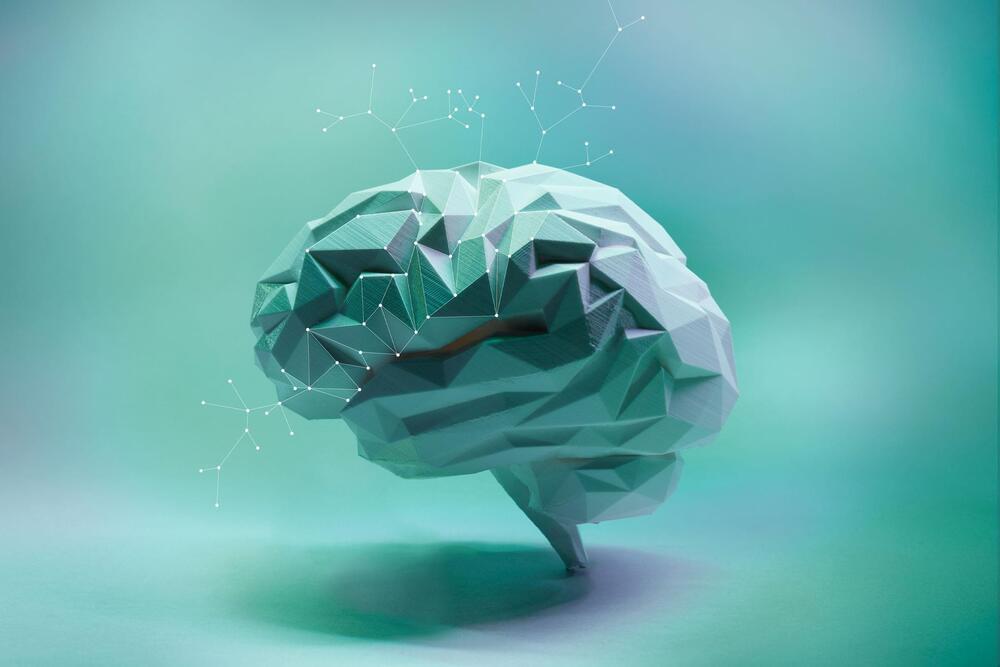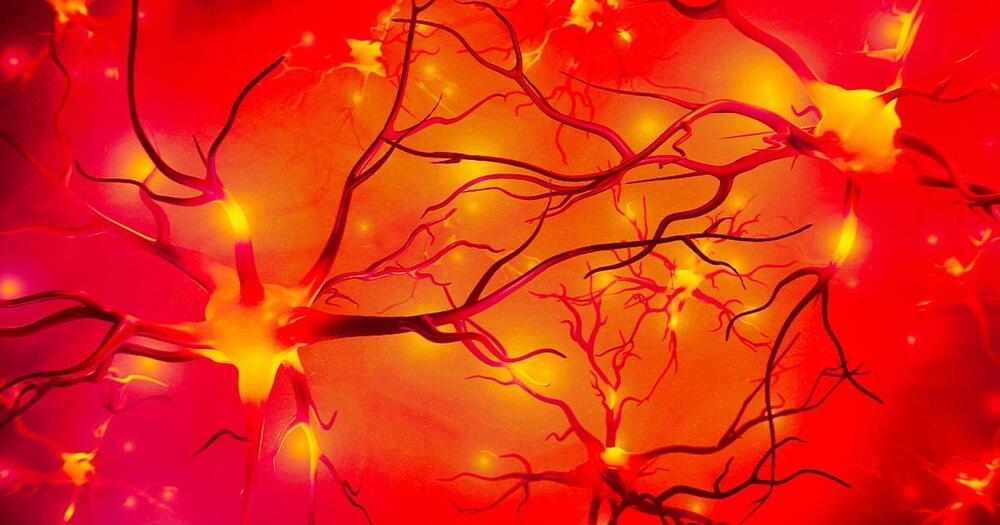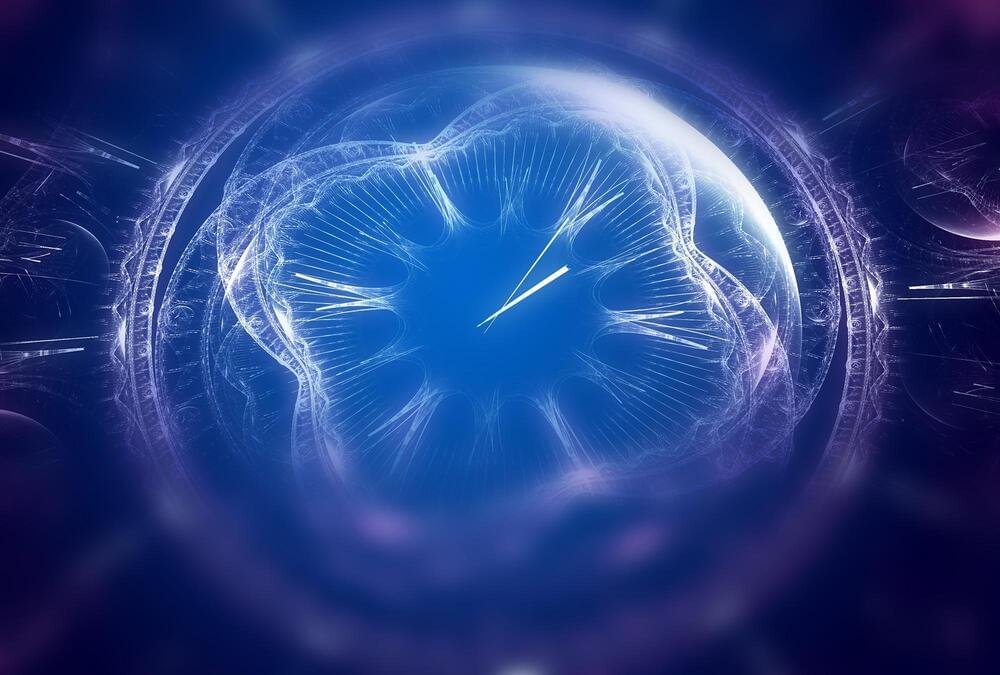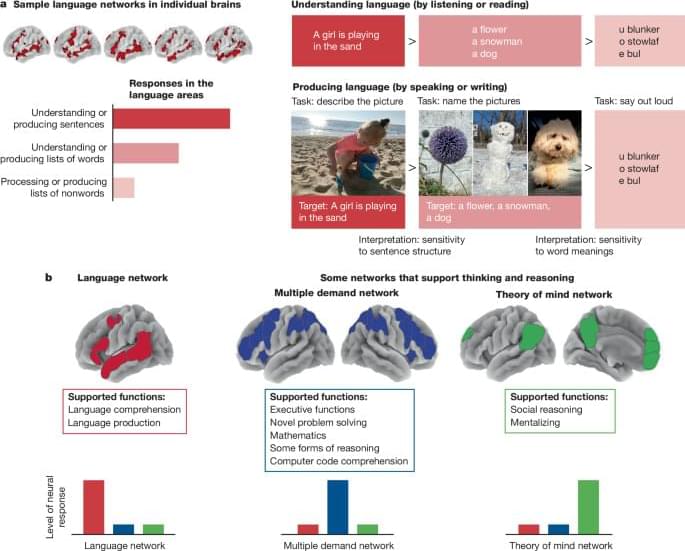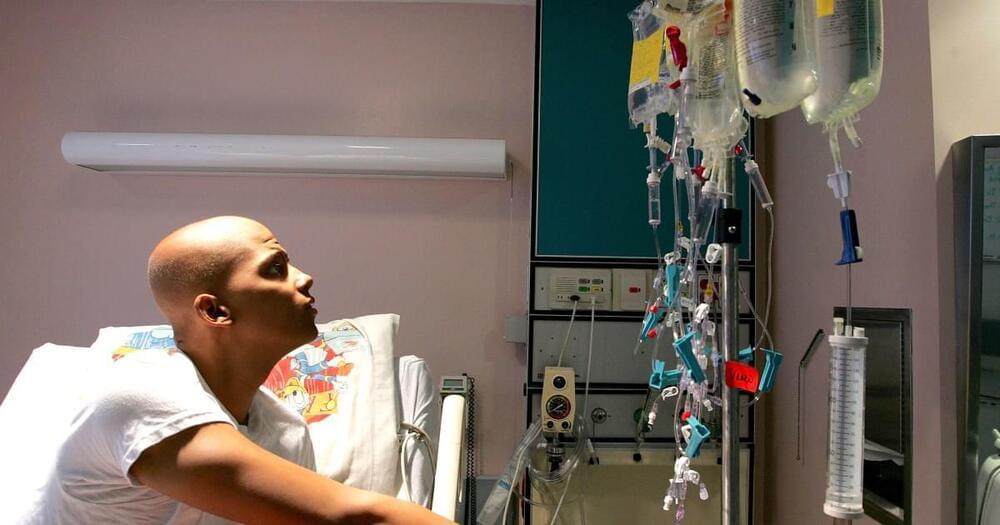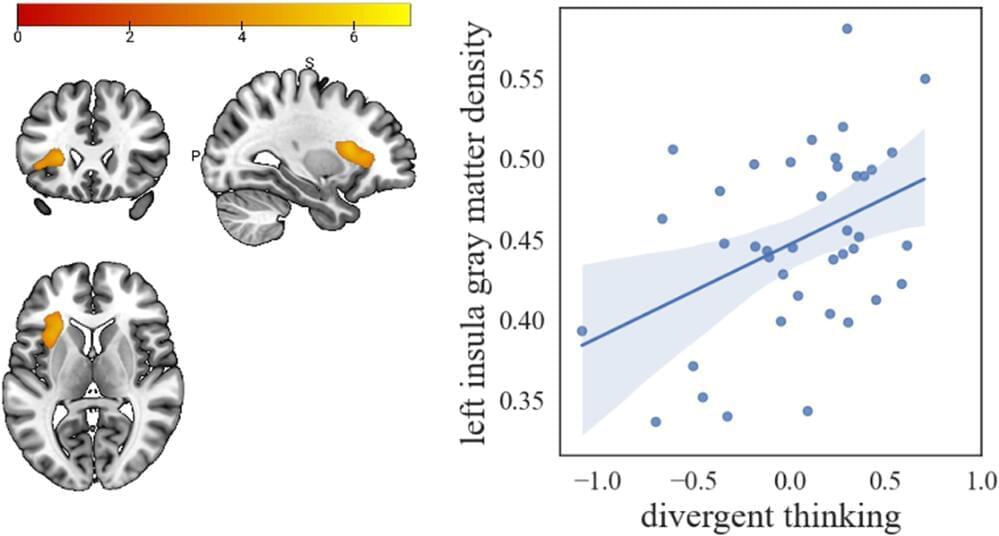A little scifi sold again as near future situation.
Introducing Cognify, the prison of the future. This facility is designed to treat criminals like patients. Instead of spending years in an actual prison cell, prisoners could finish their sentence here in just a few minutes. Cognify could someday create and implant artificial memories directly into the prisoner’s brain. It could offer a new approach to criminal rehabilitation, transforming how society deals with offenders by focusing on rehabilitation rather than punishment. #Science #Technology #Research #NeuroScience #psychology.
Follow me everywhere: https://muse.io/hashemalghaili

